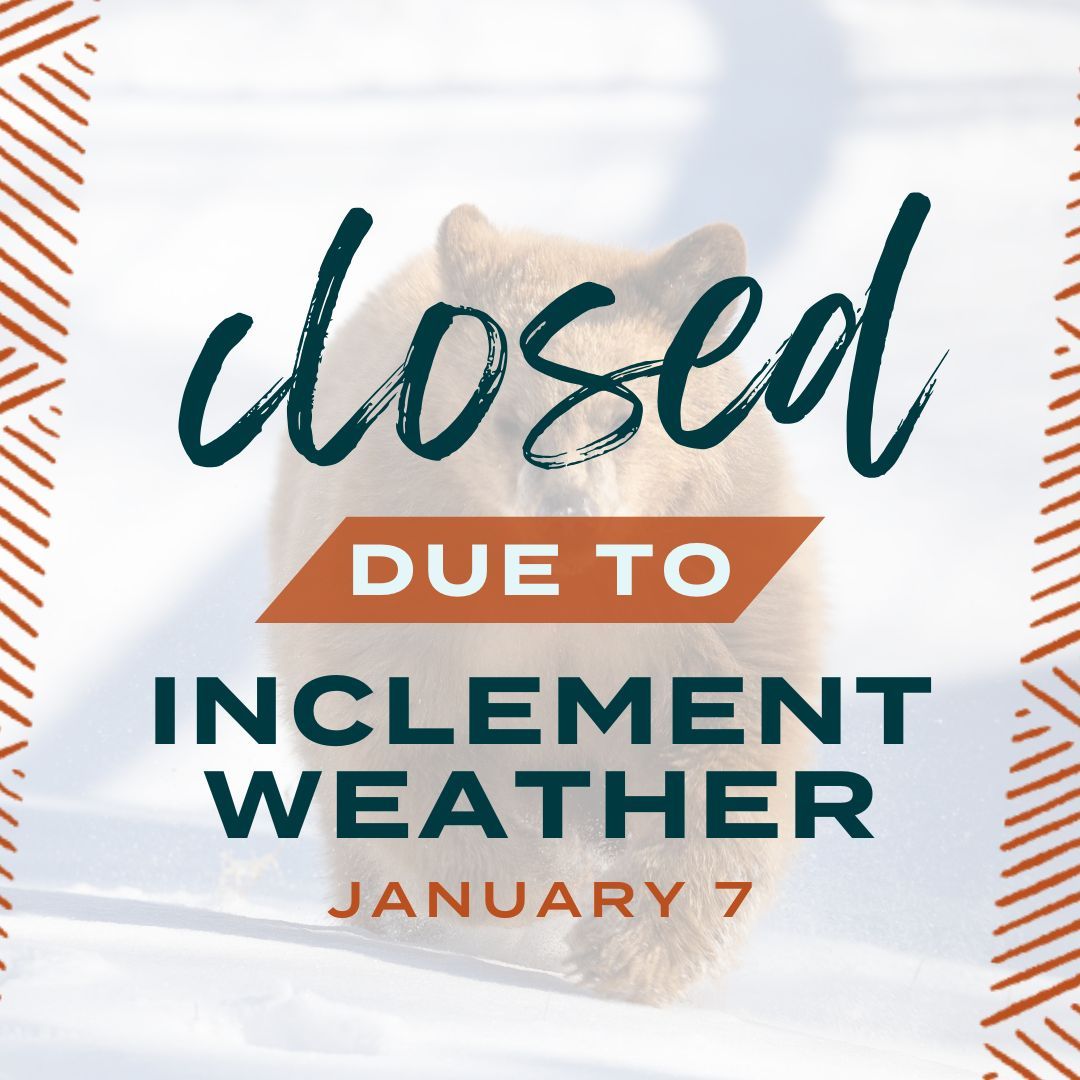- Importance of animal welfare during extreme weather conditions
- Safety measures for visitors and staff in zoos
- The role of zoos in wildlife conservation and education
- Operational challenges zoos face during closures
- Community engagement and communication strategies during zoo closures
Animal welfare is a primary consideration for zoos when faced with extreme weather conditions, such as intense cold. Animals, like humans, can be vulnerable to the effects of severe weather, which can significantly alter their natural behaviors and habitats. Zoos play a pivotal role in ensuring that the creatures in their care remain healthy and safe. In conditions like snow and frost, some species might require additional heating in their enclosures, while others might need modifications to their diets or enrichment activities to keep them comfortable and mentally stimulated. Understanding the specific needs of each species is fundamental. For example, tropical species that are accustomed to warmer climates are at greater risk of hypothermia during cold spells. Zoos implement various strategies to mitigate these risks, ensuring the environmental controls like heating systems and shelter structures are well-functioning and tailored to each animal’s needs.
The safety of zoo visitors and staff is another critical consideration driving closures during adverse conditions. Snow and ice increase the risk of slip and fall incidents, making pathways and trails within the zoo potentially hazardous. Moreover, operating machinery and vehicles on icy surfaces poses additional challenges and risks. By closing the zoo, management can mitigate these dangers, affording maintenance crews the opportunity to clear pathways and make necessary safety improvements without the pressure of navigating through crowds. Staff safety is paramount, and limiting exposure to hazardous travel conditions, which are often exacerbated during severe snowstorms, ensures the well-being of the zoo’s employees and the overall operational efficacy of the institution.
Zoos are not just places to observe animals; they serve a crucial role in wildlife conservation and education. During closure periods, zoos can seize the opportunity to reassess their conservation strategies, enhance educational materials, and prepare more dynamic programs for the public upon reopening. With an emphasis on conservation, zoos often participate in breeding programs, genetic research, and habitat preservation efforts that extend beyond their park’s boundaries. Educating the public about these efforts is vital for fostering a broader understanding of species conservation and biodiversity. Organizations can use closure times to develop new curricula, update displays, and conduct staff briefings on the latest scientific research and practices. This ensures that, once reopened, the zoo can provide visitors with enriched educational experiences about wildlife conservation efforts.
Operational challenges are inherent when a zoo must close temporarily. Staffing adjustments, unexpected financial burdens, and logistics of animal care during closed periods require adept management. During a closure, staff roles may shift to focus more on maintenance and care activities, while administrative efforts ramp up to manage cancellations or reschedules of planned events and group visits. Financially, zoos often face revenue losses due to disrupted ticket sales, which translates to stricter budget management and prudent allocation of resources to prioritize essential functions such as feeding, veterinary care, and utility services for animal habitats. This period can also be used for crucial training, maintenance, and repairs that would be more challenging to accomplish with a steady influx of visitors.
Effective communication strategies play a vital role in maintaining community engagement and support during zoo closures. Keeping channels open and actively informing the public about the reasons for closure, alongside updates on animal welfare initiatives, can help maintain the trust and interest of zoo patrons. Social media platforms, newsletter updates, and press releases serve as valuable tools to disseminate information and keep the local community informed. Engagement efforts might include educational videos, virtual tours, and informational articles on animal care practices during extreme weather. By cultivating continuous interaction and transparency with visitors, zoos reinforce their commitment to both animal welfare and public safety, laying the groundwork for a warm welcome upon reopening.
The decision to close a zoo is not made lightly, particularly considering the integral role zoos play in education and conservation. By focusing on the welfare of the animals and the safety of both visitors and staff, zoos ensure their mission to educate and conserve continues unabated. In times of challenging climatic conditions, closures become a necessary strategy to uphold these values, providing an opportunity for internal reflection and operational improvements that enhance the visitor experience and conservation efforts long-term. Understanding the complexity and necessity behind these decisions fosters a deeper appreciation for the diverse functions zoos perform in the realm of environmental stewardship and education.
*****
Source Description
❄️ UPDATE: The Zoo will remain closed tomorrow, January 7.
This closure allows us to focus on the well-being of the animals while also prioritizing the safety of our visitors and staff.
Thank you for your understanding! We look forward to welcoming you back once conditions improve.


